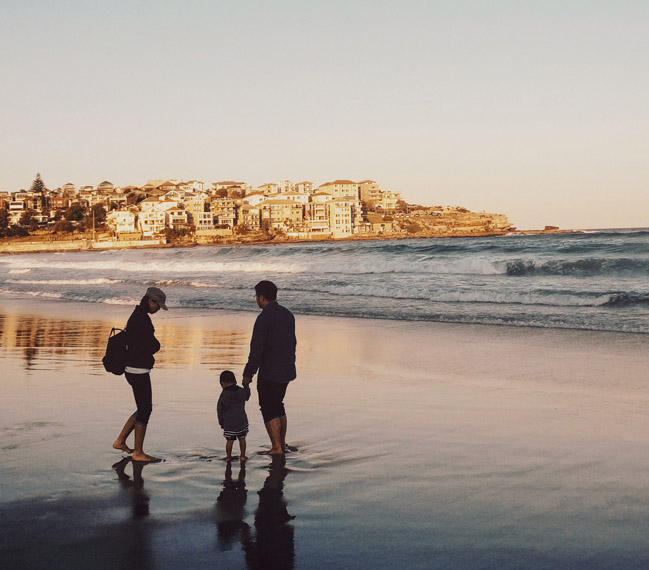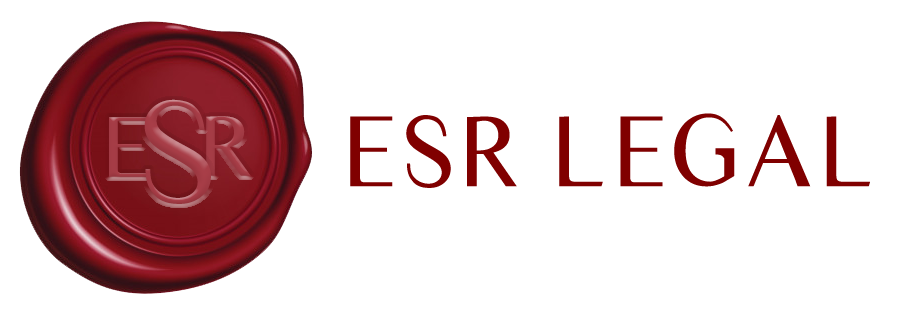Migration Services (Individuals & Families)

There are over 150 different visas in Australia’s migration program, and I can help you find the right one for you, whether you’re migrating individually as a skilled worker, you’re a returning resident or you want to reunite your family.
Many of our clients know what visa they want, but they just need someone to check they’re on the right track, meet the various deadlines for submitting documents, or keep an eye on the rules.
Regulations and policy change frequently, so call us to find out more about your options and eligibility – especially if you have something that could count against you – like a health condition, or you overstayed a previous visa.
Services we offer include:
- Assessment of Australian visa options
- Full visa application assistance
- Review of draft visa applications prepared by you
- Representation with the Migration Review Tribunal, in the judicial system or to the Minister.
If you’re not sure how much help you need, we can help you select a service
that suits your circumstances and your budget. Just give us a call.
Here are some basic pointers on the most common visa types:
Skilled Migration (Subclasses 189, 190, 491, 191)
The Skilled Migration visas are a way to get Permanent Residence without employer sponsorship. All these visas require you to:
- be under 45 years of age
- have competent English
- nominate an occupation on the relevant occupation list
- achieve a positive skills assessment for your nominated occupation
- score at least 65 on the points test
- meet health and character requirements
- be invited to apply after submitting an Expression of Interest.
For Skilled Nominated (subclass 190), Skilled Work Regional (Provisional) (Subclass 491), you will also need a nomination by a State or Territory (in addition to the 3 steps below). For the Skilled Work Regional (Provisional) (Subclass 491) visa you can also be nominated by a relative living in a designated regional area.
All these visas have a three-step process
- Obtain a positive skills assessment from a skills assessing body for your occupation
- Submit an Expression of Interest and be invited to apply
- Apply for the visa.
Subclass 190 and 491 visas have an additional step which involves a nomination application by the State or Territory Government or a relative in a designated regional area.
Subclasses 189 and 190 provide Permanent Residence directly. For the Subclass 491 visa you must live and work in a regional area for at least 3 years before applying for the Subclass 191 visa which is Permanent Residence visa.
With this visa process we strongly recommend that you have full proof of your eligibility and your points score before submitting an Expression of Interest. Contact us for an assessment of your eligibility today.
Family Migration
Parent Visas (subclasses 173/143, 884/864, 103, 804) are designed for people who have children in Australia. The ‘normal’ visas currently have a 30 year queue; the Contributory Parent Visa has a ‘shorter’ queue (currently 64 months) and involves significant government charges. Applicants must also meet health requirements.
Child visas (subclasses 101/802) are for children of Australians who are under 25 years old.
Orphan Relative visas (subclasses 117/837) are for orphaned children under 18 years old with an Australian relative who is willing to sponsor and care for them.
Adoption visas (subclass 102) are for children under 18 years who have been, or is in the process of being, adopted by an Australian.
New Zealand Citizen Family Relationship (Temporary) visas (subclass 461) are for people who are in a relationship with a New Zealand citizen who also holds an Australian Special Category (Subclass 444) visa.
Partner Migration (Subclasses 300, 820/801, 309/100)
Partner visas are for people in a relationship with (de-facto, married or engaged) an Australian citizen or permanent resident. While you do not have to prove skills or English capabilities, it is the one of the most scrutinised and commonly refused visa categories in Australia’s migration program.
If you are engaged to an Australian and meet age, health and character requirements, the Prospective Marriage Visa (subclass 300) allows you to enter Australia and marry your Australian fiancée within 9 months.
If you are already married or in a defacto relationship with an Australian, Partner visas Subclass 309/100 (if you are outside Australia), or Subclass 820/801 (if you are already in Australia Australia) allow you to join your spouse in Australia.
The application process for the Partner Visa has two steps:
- Application for a provisional visa of 2 years duration, where you receive full work and study rights and Medicare.
- Application for a permanent visa for indefinite stay with full work and study rights and Medicare.
Resident Return Visas (RRV)
If you are a current or former Australian permanent resident, or your permanent residence visa is about to expire and you need to travel out of Australia, you will need an RRV in order to return to Australia as a permanent resident.
You will also need an RRV if your permanent resident visa has lapsed and you are outside the country or you are a former Australian citizen.
To be eligible, you will need to show a residency requirement and/or substantial ties to Australia – this can be the challenge.
Citizenship
We can help you to find out if you are eligible for Australian Citizenship and can help you apply. There are several pathways to citizenship, including:
- Citizenship by descent or adoption – requires a relationship by birth or adoption to an Australian Citizen.
- Citizenship by conferral – requires a residency period in Australia. There are some exceptions to meeting the residency period under certain circumstances.
- Resuming citizenship – if Australian citizenship was lost or renounced under certain circumstances.
Temporary Visits to Australia (for work or for holidays)
Whether you are exploring Australia, visiting a relative, attending a business meeting or a short work project, you will need a visa.
Visitor Visa (Subclass 600) is for tourism and business purposes (not for working), and allow you to stay for 3, 6 or 12 months. You need to pass health, character and financial checks. They are straightforward to apply for online, and we can help with any problems you encounter.
Working Holiday and Work and Holiday Visas (Subclass 417 and 462) are excellent if you want to combine work and travel. The visa lasts for 12 months, and you can work for up to 6 months with one employer. To be eligible, you must be:
- outside Australia when you apply
- between 18 – 30 years old
- hold sufficient funds for your stay
- meet health and character requirements
- hold a passport from a country in the Working Holiday Program or Work and Holiday Program
- arrive in Australia within 6 months of the visa being granted.
Temporary Work (Short Stay Activity) visa (subclass 400) is highly specialised work on a specific project or event, and requested by an Australian organisation (for example, if you have been invited to consult or run specialised training for an Australian company). It is valid for 3 months. To be eligible you must:
- be outside Australia when you apply
- have the skills and employment background relevant to the work or event
- have the support of an Australian organisation
- have sufficient funds for yourself and your dependents for the duration of your stay
- meet health and character requirements
- arrive in Australia 6 months after the date the visa is granted.
If you’re an entrepreneur or business person and you’d like to set up or invest in a business in Australia, click here to see your options in the Migration (businesses) section.
